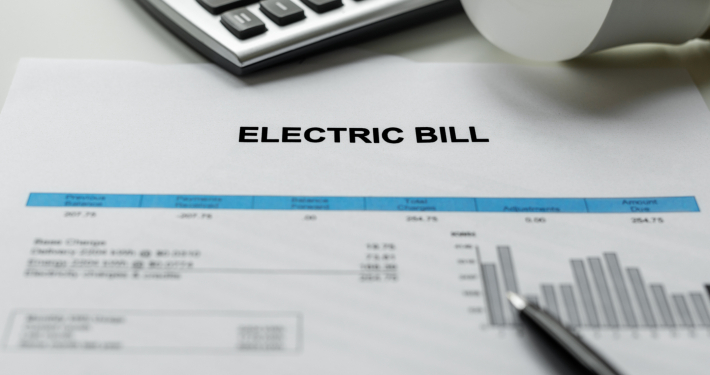August 5, 2025
Los Angeles households can save on bills when they go electric
New UCLA tool illustrates potential savings across household types and upgrade scenarios
August 5, 2025
New UCLA tool illustrates potential savings across household types and upgrade scenarios
Credit: iStock / maruco
For households, going electric can reduce greenhouse gas emissions and provide healthier indoor air quality — but what happens to their energy bills? This is a critical question facing the L.A. Department of Water and Power (LADWP) as the utility aims to transition to renewable energy equitably. It’s a complex question to answer — but a new UCLA computational model suggests that home electrification can almost always bring energy bills down for L.A. households, which is particularly important for residents with high bills and lower incomes.
UCLA researchers built the new model, called the L.A. Residential Energy Transition (RESET) Tool, at the request of LADWP staff to inform their decisions. This first-of-its-kind tool combines historical energy consumption data, energy patterns from the National Renewable Energy Laboratory’s ResStock model, and projected energy prices to estimate household energy spending after home electrification. LADWP staff are using the model to estimate the effects of changing electricity rates for energy affordability and household electrification as they implement the LA100 Plan (the utility’s plan to reach 100% carbon-free electricity).
In a new report, UCLA researchers present findings from the LA RESET Tool to a wider audience, from energy decision-makers and program designers to building electrification advocates and members of the public. The report is authored by researchers from the UCLA Luskin Center for Innovation and the California Center for Sustainable Communities. The report includes findings and recommendations for LADWP, as well as other utilities and government agencies both within and beyond L.A., as they design policies and programs to encourage and provide resources for building electrification.
The researchers recommend prioritizing high-efficiency appliances when electrifying, as they lead to substantially higher savings (with estimated bill reductions of up to $575 annually). They also suggest that electrification programs should be customized for each building type, which hugely impacts energy consumption patterns and the affordability of different upgrade options.
Crucially, the authors call for decision-makers to provide substantial resources and funding to help households navigate and pay for electrification upgrades. Buying and installing electric appliances is costly, and the ongoing bill savings may not be enough for households to justify. Meaningful subsidies, direct installation programs, and other resources are needed to drive household electrification and bring the substantial individual and societal benefits it has the potential to deliver.
The report highlights several critical findings:
Learn about how the LA RESET Tool works and the underlying data in this technical handbook, published alongside the report. Learn more about the research team’s ongoing work with LADWP in the recent report from the same authors, “Implementing LA100 Equity Strategies: Barriers, Needs, and Progress to an Equitable Energy Transition.”
Get our latest research in your inbox.
 UCLA Luskin Center for Innovation releases Strategic Roadmap
UCLA Luskin Center for Innovation releases Strategic Roadmap
Journeying through 15 years of impact, our priorities for the next few years, and opportunities to partner
 UCLA Luskin Center for Innovation joins international team to support community-driven energy transition planning
UCLA Luskin Center for Innovation joins international team to support community-driven energy transition planning
A coalition of universities and community organizations aims to integrate justice principles into local efforts.
 UCLA to guide the prioritization and evaluation of equity strategies for LADWP’s clean energy transition
UCLA to guide the prioritization and evaluation of equity strategies for LADWP’s clean energy transition
New engaged research builds on LCI’s past affordability recommendations.

 UCLA to help inform California’s residential water use policy implementat...
UCLA to help inform California’s residential water use policy implementat...